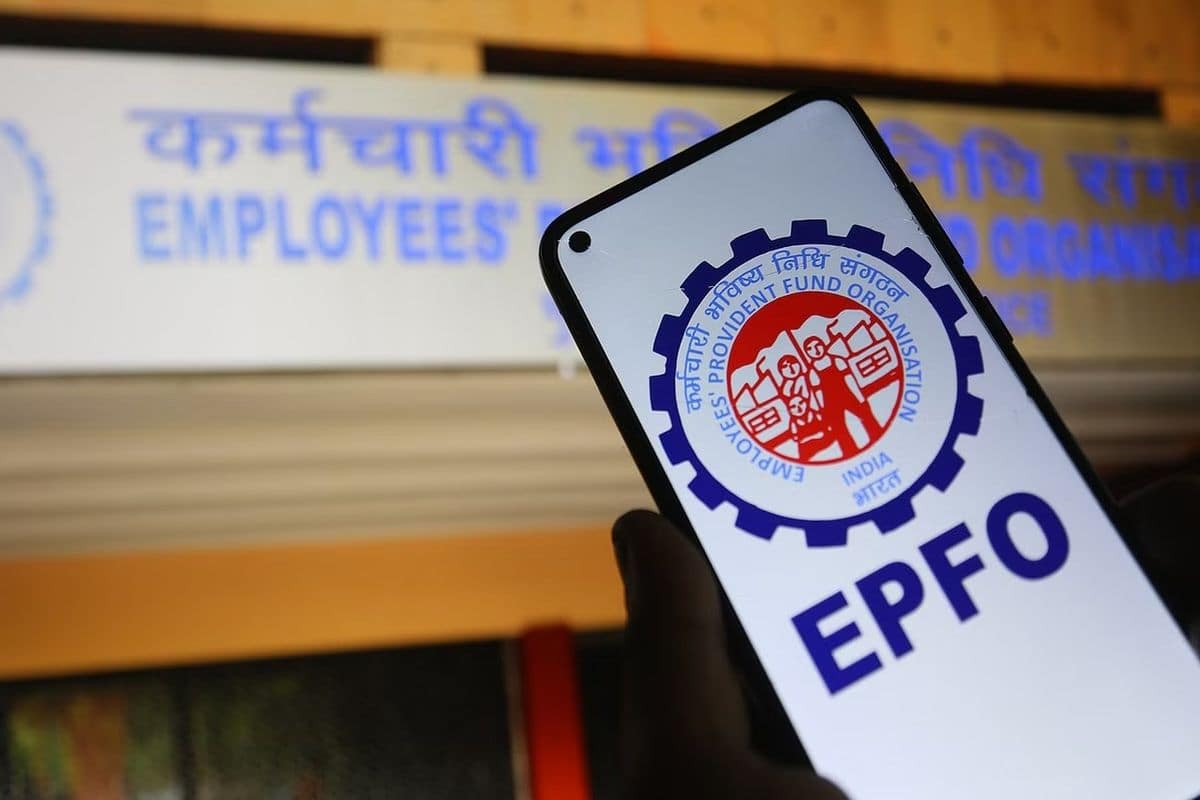Raymond Seizes Opportunities Amid Bangladesh Crisis
In the wake of the recent crisis in neighboring Bangladesh, leading textile manufacturer Raymond is poised to leverage the situation to its advantage. Gautam Hari Singhania, the company’s chairman and managing director, shared that the firm has received a significant influx of offers from global companies looking to shift their operations. This development presents an exciting opportunity for Raymond as it continues to solidify its position in the textile market.
Market Response
Despite the positive prospects, Raymond’s stock experienced a slight decline of 0.29% last Friday, closing at ₹1982.85 on the Bombay Stock Exchange (BSE). However, Singhania expressed optimism regarding the potential shift of garment production from Bangladesh to India, indicating that a growing number of international brands are considering relocating their operations to take advantage of India’s capability in both fabric and garment production.
Investment and Capacity Expansion
Raymond has strategically invested in enhancing its production facilities, positioning itself as the third-largest suit manufacturer globally. This expansion comes at a crucial time as the textile industry looks to adapt to changing market conditions. Singhania stated, “We are hopeful. We are looking at the proposal. Obviously, it will take some time, but we are definitely getting positive signals on this.”
India: A Competitive Advantage
Singhania emphasized India’s strong direct supply capabilities, explaining that with companies like Raymond involved in both the fabric and garment sectors, international brands can save time on final deliveries. He pointed out a critical advantage, stating, “Bangladesh does not have fabric supply. India has a great opportunity to tap this fabric supply because we have a fabric base here, while Bangladesh primarily has a garmenting base.”
Cost Considerations and Broader Market Dynamics
While it is true that Indian labels might carry a higher price tag compared to Bangladeshi products, Singhania argues that the overall value proposition is favorable. “Look at the totality of the situation. I have the fabric and direct supply. I save your time for which you pay me something,” he said. Additionally, India benefits from political stability, a large middle class, and robust manufacturing capabilities, factors that further enhance its attractiveness as a sourcing destination.
Conclusion
As Raymond strategically navigates this opportunity amidst the upheaval in Bangladesh, the company’s innovations and investments in capacity expansion are timely, positioning it to meet the anticipated demand effectively. The future looks promising for Raymond as it aims to become a preferred partner for global brands seeking reliability and efficiency in textile manufacturing.












